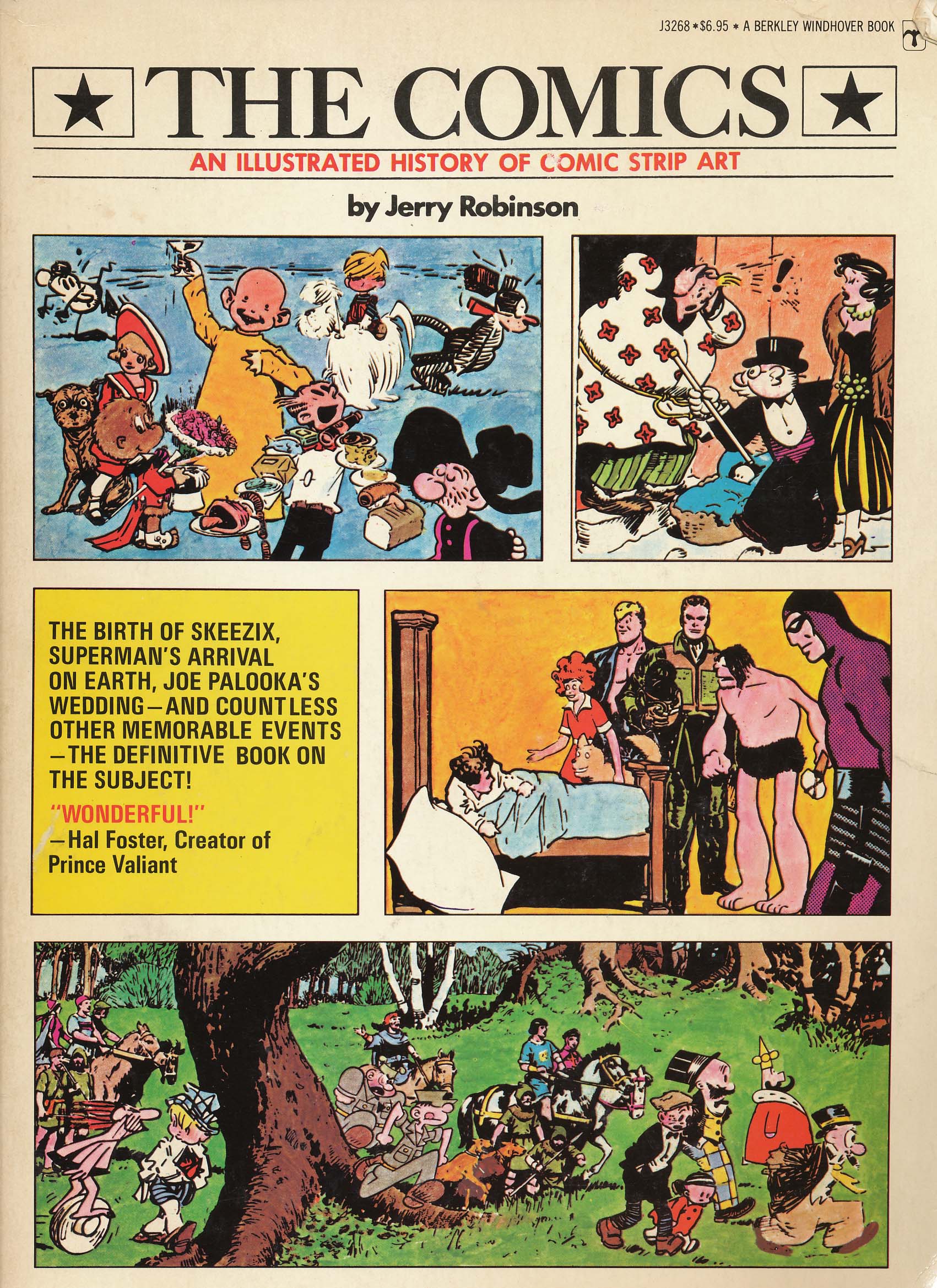
Buying vs. Investing: A Comic Book Approach to Financial Literacy
Introduction:
Financial literacy is often perceived as a daunting and complex subject, filled with jargon and intimidating concepts. However, understanding the fundamentals of money management, especially the difference between buying (consuming) and investing (growing wealth), is crucial for long-term financial well-being. A comic book, with its visual storytelling and engaging characters, provides a unique and effective platform to demystify these concepts and reach a broader audience. This article explores how a comic book can be created to illustrate the critical distinctions between buying and investing, highlighting the long-term benefits of the latter and the potential pitfalls of the former when taken to extremes.
The Core Concept: Buying vs. Investing
The comic’s central theme would revolve around the fundamental difference between buying and investing. Buying, in its simplest form, is the act of acquiring goods or services for immediate consumption or use. These items typically depreciate in value over time, meaning they lose worth. Examples include clothes, cars, electronics, and entertainment. While essential for a comfortable lifestyle, excessive buying without a balanced approach can lead to financial strain.
Investing, on the other hand, is the allocation of money with the expectation of generating future income or profit. Investments can appreciate in value, meaning they increase in worth over time. Examples include stocks, bonds, real estate, and starting a business. Investing requires patience, research, and an understanding of risk, but it offers the potential for long-term financial growth and security.
Potential Characters:
To effectively illustrate these concepts, the comic could feature a cast of relatable characters with different financial personalities:
-
Barry the Buyer: Barry represents the impulsive consumer. He’s easily swayed by advertising, trends, and the desire for instant gratification. He lives paycheck to paycheck, constantly chasing the next shiny object. He might be depicted with overflowing shopping bags, a maxed-out credit card, and a worried expression as bills pile up. His dialogue would emphasize immediate wants and the perceived need to keep up with appearances.
-
Ingrid the Investor: Ingrid is the patient and disciplined investor. She understands the value of delayed gratification and the power of compound interest. She researches her investment options carefully, seeks advice from trusted sources, and focuses on long-term goals. She could be depicted with charts, graphs, and a thoughtful expression, patiently watching her investments grow. Her dialogue would focus on long-term planning, risk management, and the benefits of compounding.
-
The Narrator/Mentor (Optional): A wise and experienced character, perhaps a financial advisor or a retired investor, could serve as a narrator or mentor, explaining key concepts and providing guidance to both Barry and Ingrid (and the reader). This character could use simple analogies and visual aids to clarify complex financial terms.
-
Supporting Characters: Friends, family members, or colleagues could be introduced to further illustrate the impact of buying and investing choices. For example, a friend who struggles with debt due to overspending or a family member who enjoys a comfortable retirement thanks to smart investing.
Plot Points and Story Arcs:
The comic could follow a series of interconnected storylines, each illustrating a specific aspect of buying vs. investing:
-
The Lure of Instant Gratification: The first few pages could depict Barry’s impulsive purchases. He sees an advertisement for the latest gadget and immediately buys it, even though he can’t really afford it. Ingrid, on the other hand, resists the urge to buy the same gadget and instead researches investment options. This could be a good point to introduce the concept of opportunity cost – what you give up when you choose to buy something.
-
The Power of Compound Interest: Ingrid invests a small amount of money regularly, emphasizing the power of compounding. The comic could visually demonstrate how her investments grow over time, showing the snowball effect of earning interest on interest. Barry, meanwhile, continues to spend his money on depreciating assets.
-
The Pitfalls of Debt: Barry’s credit card debt begins to spiral out of control. He struggles to make minimum payments and faces mounting interest charges. The comic could illustrate the stress and anxiety caused by debt, highlighting the importance of budgeting and responsible credit card use.
-
The Importance of Financial Goals: Ingrid sets clear financial goals, such as saving for a down payment on a house or planning for retirement. She uses her investments to achieve these goals. Barry, on the other hand, lacks clear financial goals and drifts aimlessly, making impulsive decisions without considering the long-term consequences.
-
Risk Management: The comic could address the concept of risk in investing. It could show Ingrid diversifying her investments to mitigate risk, while Barry makes a risky, uninformed investment based on hype and loses money. This is an opportunity to introduce different asset classes and their associated risks.
-
The Long-Term Benefits of Investing: Years later, Ingrid is financially secure and enjoys the fruits of her disciplined investing. She can afford to buy a house, travel, and retire comfortably. Barry, on the other hand, is still struggling with debt and regrets his past spending habits. He realizes the importance of investing and wishes he had started earlier.
-
A Turning Point (for Barry): The comic could conclude with Barry recognizing his mistakes and seeking help from Ingrid or the mentor character. He starts to learn about budgeting, saving, and investing, embarking on his own journey toward financial literacy. This provides a hopeful message and emphasizes that it’s never too late to change one’s financial habits.
Visual Style and Tone:
The comic’s visual style should be engaging and accessible. Bright colors, clear panels, and expressive character designs can help to capture the reader’s attention. The tone should be lighthearted and humorous, avoiding overly technical jargon or preachy moralizing. Visual metaphors, such as a snowball rolling down a hill to represent compound interest or a leaky bucket to represent unnecessary spending, can be used to illustrate complex concepts in a simple and memorable way.
Educational Value and Impact:
The comic book format offers several advantages for teaching financial literacy:
- Accessibility: Comics are visually engaging and can appeal to a wider audience, including young people and those who may find traditional financial education materials intimidating.
- Memorability: Visual storytelling and relatable characters can help to make financial concepts more memorable and easier to understand.
- Emotional Connection: The comic format allows readers to connect with the characters and their struggles, making the lessons more impactful.
- Breaking Down Complex Concepts: Comics can simplify complex financial topics by using visuals, analogies, and relatable scenarios.
Conclusion:
A comic book about buying vs. investing has the potential to be a powerful tool for promoting financial literacy. By using engaging characters, relatable storylines, and a visually appealing format, the comic can demystify complex financial concepts and inspire readers to make informed decisions about their money. It can effectively illustrate the long-term benefits of investing and the potential pitfalls of excessive buying, empowering readers to take control of their financial futures and build a more secure financial future. The key is to balance entertainment with education, creating a comic that is both informative and enjoyable to read.



